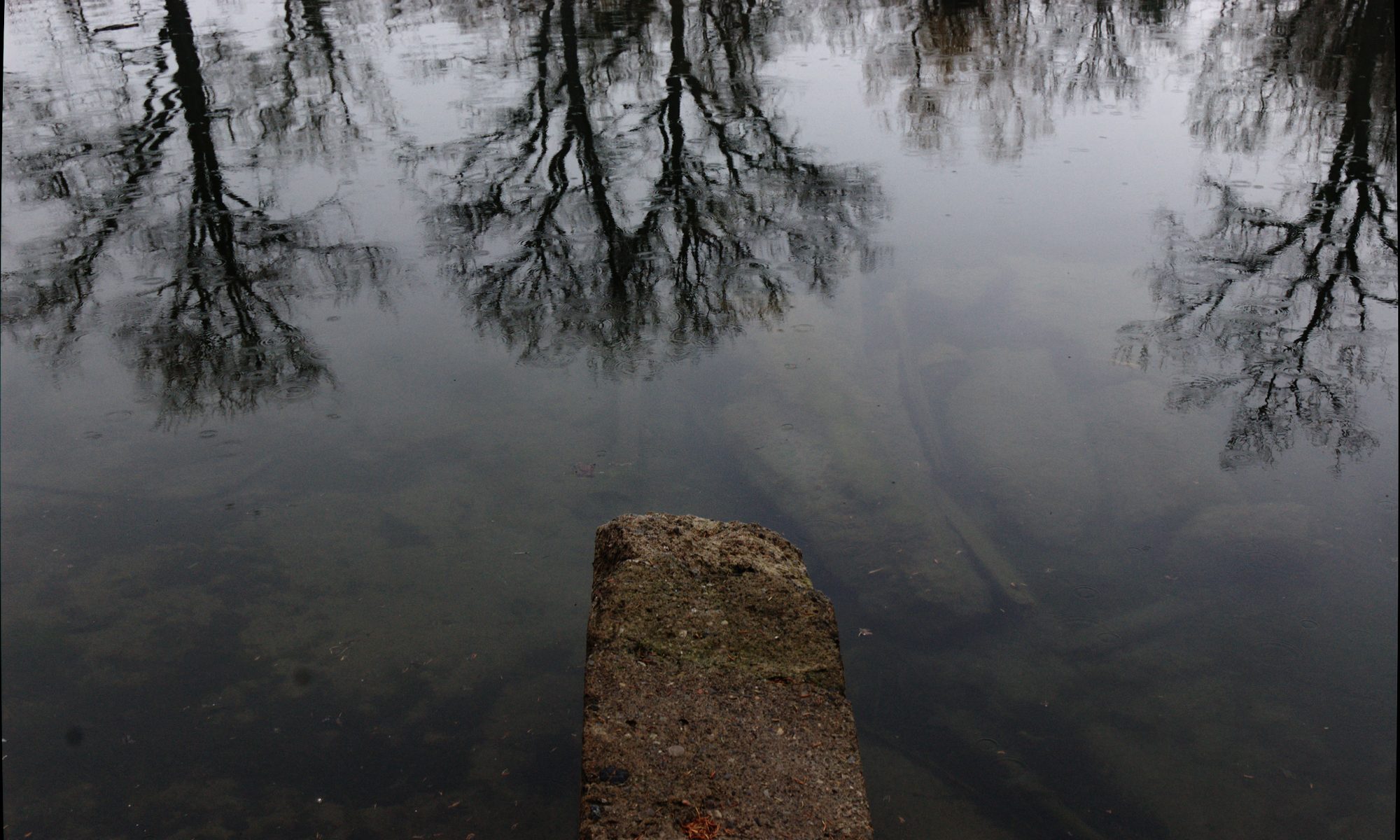 I was reading Theresa C’s comment, and felt inspired by her saying how “Un-Reality TV is mind numbing”. I largely agree, and thought that people should know where this medium came from.
I was reading Theresa C’s comment, and felt inspired by her saying how “Un-Reality TV is mind numbing”. I largely agree, and thought that people should know where this medium came from.
Let’s start with some history, because reality-TV, currently trickling down from the peak of its popularity, neither came about accidentally nor without reason.
In 1988, two of the largest television-industry unions went on strike: SAG (Screen Actors Guild of America) and the WGA (Writer’s Guild of America). With a long and protracted labour action underway, television producers (whose job it is to raise money, oversee production, and sell their shows to networks) were left potentially without any means to do their job: produce. They were seemingly hog-tied by the fact that they couldn’t hire actors or writers.
There were three means that evolved by which producers (and networks) could work around this: the newsmagazine program, the daytime talk-show, and the so-called “reality show”. The former was a variation based on existing (and relatively successful) programs such as “60 Minutes“, only with a stronger emphasis on real-time/ENG-style aesthetics (which evolved from the increasing portability of video cameras and the emergence of the one-man newsgatherer technique pioneered by such TV stations as City-TV in Toronto). Utilizing a stronger visual style rather than talking-head interviews, with an emphasis on flow rather than a strict focus on content, both CBS and ABC rolled-out “48 Hours” and “PrimeTime Live” respectively. Eventually, this verite style merged into existing and new 60 Minutes-Lite programs such as “A Current Affair” and “Inside Edition“.
The second way producers diverted the use of actors and writers was creating more daytime talk-shows which, unlike the comparatively tame examples set by Oprah Winfrey and Phil Donahue, focused on live conflict and on-stage humiliation. Shows like “The Maury Povich Show” and “The Jerry Springer Show” lead the ground in a confrontational and largely exploitational style, utilising supposedly real everyday people as their guests. Of course, real everyday people aren’t consistently exciting, so often the focus was on Neo-Nazis, domestic family conflicts, and, well, idiots.
The last format was the “reality tv show”. The difference between this and the newsmagazine/talk-show formats was utilising a day-in-the-life-of style, where the camera (usually just one) was always on, following its subject, hoping to capture excitement. The progenitor of this was “COPS“, which aired on the FOX network in 1989. COPS, ostensibly a means for producers to side-step using actors and writers, turned into a phenomena from which much of the current streams of reality-TV can be drawn from: intense, outrageous, cheap to produce.
(Note: almost every show mentioned above – with the exception of “A Current Affair”, a show which soon devolved into the same scare tactics and exploitation of its brethren – started as a direct result of the SAG and WGA strikes, circa 1988.)
In other words, aesthetics aside, what started as a way for producers to produce during the labour-action ended up as a cost-efficient way to create cheap programming which the public took to very quickly and the networks gobbled-up: it was engaging, often enraging, and allowed the audience to peer into the seamy side of society from a safe (if voyeuristic) distance.
It was only until recently – ten years after the SAG and WGA strikes – when any modicum of creativity was injected into the medium, when programs such as “Survivor“, “Blind Date“, and “The Apprentice” took the elements of all three of the above mediums and went primetime against ensemble dramas and sitcoms to astounding success.
Of course, every fad must die, and slowly this newest generation of the reality-TV mould is fading away into obscurity, reminiscent of the last days of Jerry Springer when even the most outrageous bullshit didn’t get the ratings it used to. Too many shows, too little fresh ideas, the medium has devolved into self-parody with the likes of “The Simple Life” and “American Idol“.
Reinvigorated by the success of harder-hitting dramas on HBO (like “Six Feet Under“) the public is coming back around to ensemble drama and network television has responded with a better-than-average crop of programs in response. So what will the next metamorphosis for reality-TV be? Possibly a return to live performance on television, in the style of the great Sid Caesar and Jackie Gleason. Ironically, what television started out with in its infancy – an extension of vaudeville and theatre – may come back some 50 or so years later to reclaim our attention. That I would look forward to seeing.


